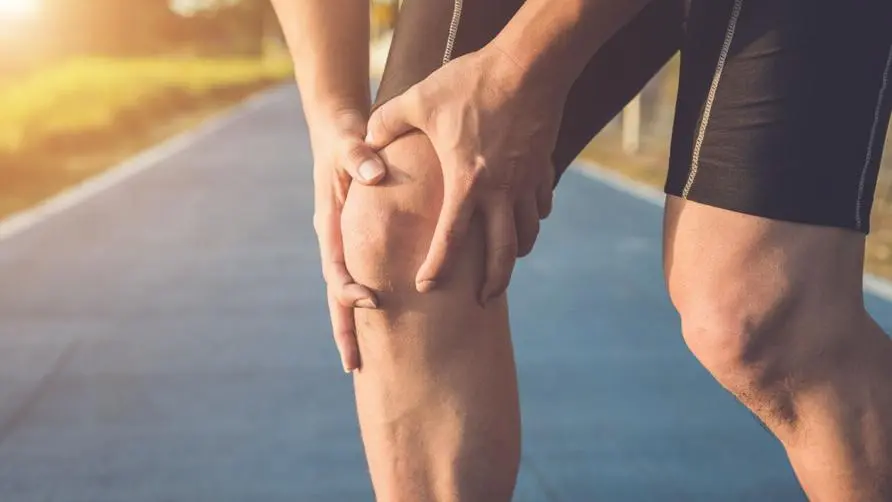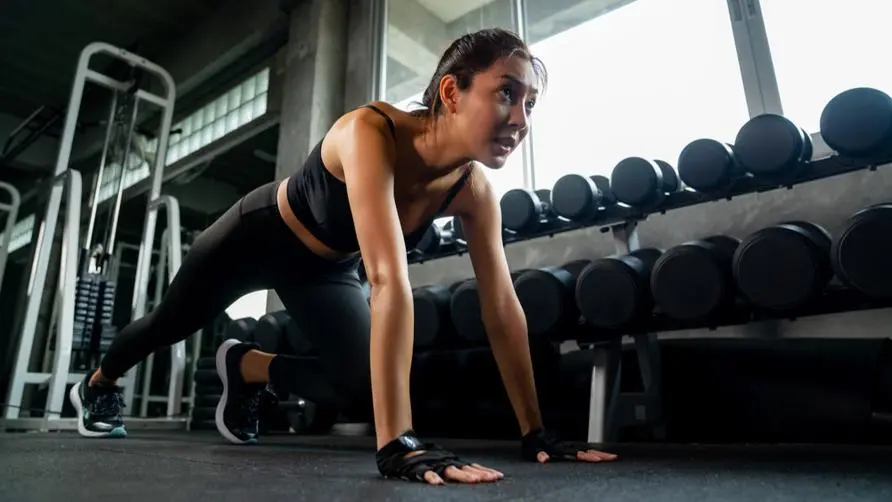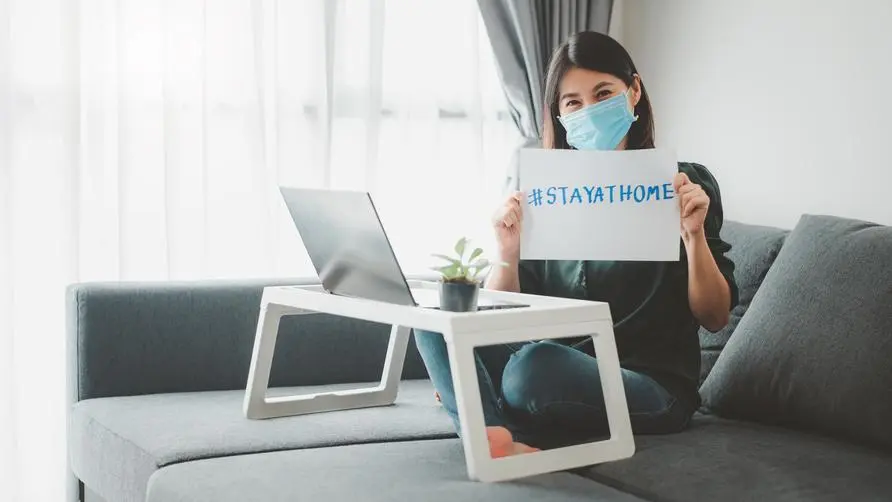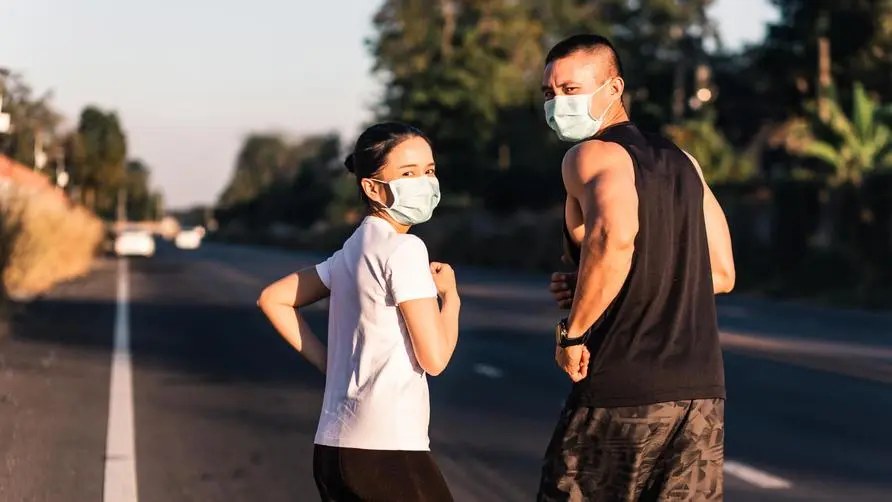You can't stop exercising at home while you're apart! Coach reveals "3 must-learn tricks" to strengthen core and lower limb muscles
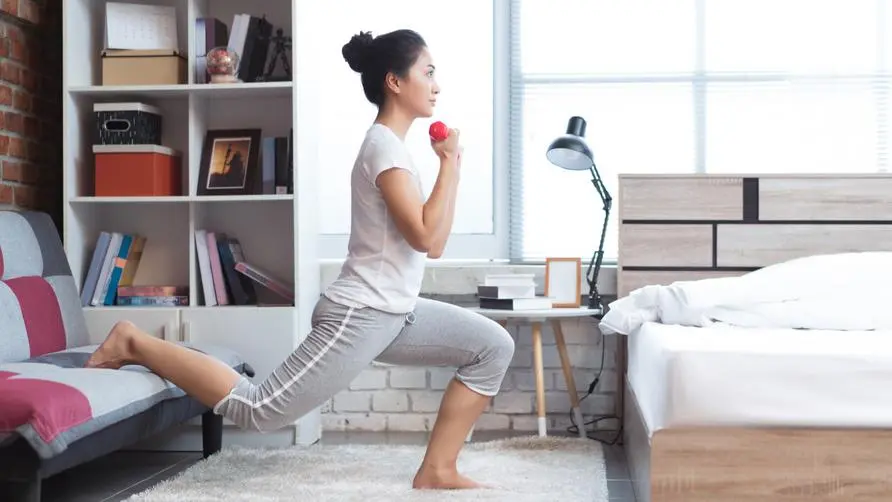
If you are diagnosed with long-term inactivity, you are more likely to get seriously ill. If you have exercise habits, you will be better able to recover.
Staying at home to avoid the epidemic, but lack of exercise will make you more likely to contract the epidemic? Arissa, a coach at Sanchong Factory, a fitness factory, believes that people who have regular exercise habits will have a healthier immune system. In addition to reducing the risk of infection, increasing muscle mass is also helpful for recovery.
Many foreign studies have pointed out that people who have been inactive for a long time have an increased risk of infection, severe disease, and mortality. Coach Arissa suggests that whether you are in home isolation or home care, in addition to the gym, you can perform full-body training at home or in the office. You can practice more squats, bridges, and lunges. This will not only increase your metabolism, but also improve your core muscles. group, lower limb muscles and other muscle strength.
You can practice 3 movements to strengthen your lower limb muscles and strengthen your body while you are isolated at home.
Squat training: can exercise the quadriceps, biceps, and gluteus maximus.
Open your feet shoulder-width apart and point your toes 4-5 degrees.
When inhaling, strengthen your core and sit down with your buttocks like a chair, with your knees not exceeding your toes.
Keep your upper body and chest up, and be careful not to pinch your knees inward.
When exhaling, stand firmly on your heels and return your pelvis to the original position.
*Note: During practice, remember not to hold your breath.
Lunge training: can exercise the gluteus maximus, quadriceps, and hamstring muscles.
With your feet shoulder-width apart, step out with your left foot first and bend it to 90 degrees, and tilt your upper body at 45 degrees.
You can make fists on your chest or waist with both hands, inhale, bring your right knee vertical to 90 degrees, stay for 10-20 seconds, then exhale and return to the starting point.
*Note: Remember to keep your knees stable.
Bridge training: can train the buttocks, lower back, and core muscles.
Lie flat on the ground, with your feet hip-width apart, knees bent, feet on the ground, calves perpendicular to the ground, and palms on the ground.
Stand firmly on your feet, lift your buttocks upward, tighten your buttocks, and stabilize your core. Stop for a moment, and then slowly return down to the original position.
Diet and sleep affect immunity. Exercise and seek stability first, don’t overdo it.
Coach Arissa suggested that during the epidemic prevention period, in addition to exercising more to increase muscle strength, you should also pay attention to a balanced diet. It is best to get enough vegetables, fruits, and protein. Sleep can also affect immunity. Generally, it is recommended to go to bed before 12 o’clock and keep the sleep time for 7 to 7.5 hours, so that the body can maintain a regular schedule and help improve protection.
Coach Arissa reminded that when performing sports training during the epidemic, do not perform exercises that are too intense just to increase intensity or for good reasons. You should first focus on maintaining muscle stability and pay attention to breathing. You can start with simple movements to avoid overbearing weight before your muscle strength is established, which may easily increase sports injuries.
Further reading:


